Just when you think that IDW has managed to cover all of the bases of their Star Trek license, they add another way to enjoy it.
Star Trek: Deviations is one-shot alternate perspective of The Next Generation. Based on the premise that the Vulcans were not first alien species encountered by humanity – as seen in 1996’s Star Trek: First Contact – but that our first visitors from outside the solar system were, in this parallel timeline, Romulan.
Part of the Deviations publishing event IDW has slated for most of its licensed property books this month, this Star Trek title allows writer Donny Cates to play around with the Trek continuum and create a pretty cool “what-if” scenario for us. Imagine if Earth was just a giant penal colony, and humanity had been kept from the stars.
We are very quickly introduced to the TNG characters of this timeline: Will Riker, who looks like a post-apocalyptic Road Warrior; Worf, the pacifistic Klingon; blind Geordi LaForge carrying a head of some unidentified android; a cybernetic Troi. It’s a fairly active introduction too, as we are forced to just accept these characters for who they are — instead of pondering more about the changes to the familiar characters we know.
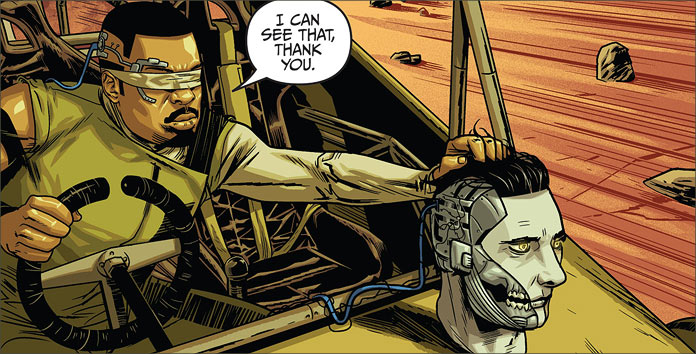
It’s a pretty good introduction style. Donny Cates doesn’t give us time to think which hastens the storyline and throws us right into the fray, and in a one-shot book, we need to enter the story fast. However, he also has given us a lot of questions to think about.
The four characters (well, five, if you count Data’s head!) are the objects of a desert pursuit. Their target is a Romulan detention camp as they aim to break a very important prisoner out of his cell. It’s fairly high-action and fast-paced, narrated by a self-educated Riker, who like Geordi, grew up in similar Romulan camps.
Cates gives us lots of fun in this one-shot issue. We see changed characters, an altered timeline and the final reveal scene at the end of the book is definitely a very cool one. But… questions!
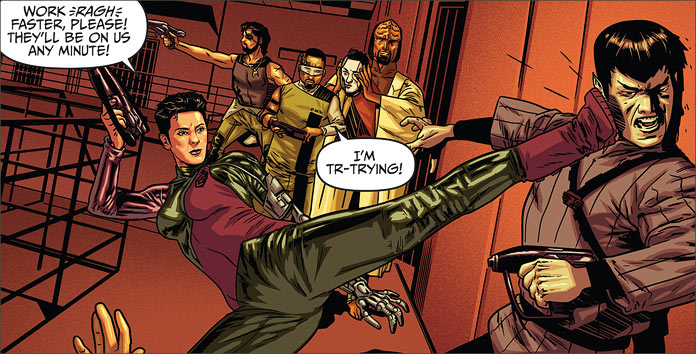
If the Romulans have been in control of the planet for over three hundred years, then how does Riker know about a Federation base? Where did the existing technology that they use come from? How did these versions of our Enterprise crew all become acquainted with each other? Cates quickly delivers a tremendous amount of information that we are just supposed to accept, but like any good Star Trek fan, I need more answers!
Turning to the art, there were some artistic shortcomings in this book that were apparent. While technology and vehicles were extremely well drawn (or, in some cases, reproduced), it was hard for me to overlook the proportions of the characters. There seemed to be some issues with the torso-to-leg relationships, and the overall replication of the body shapes of the characters.
Even though Riker is supposed to look like Snake Plissken from Escape from New York, his height and body shape shouldn’t have changed. Still, it is a daunting task to visually reproduce likenesses of licensed property characters, particularly in such an altered environment of a Romulan-controlled planet Earth.
- As usual, IDW has given us three variant covers to go with this book. The first regular cover is by Josh Hood and presents us with a Badlands-esque version of the story Riker is on horseback with Geordi, Troi and Worf in their Deviations personas. It’s a pretty good snapshot of what we can expect in the book. It’s certainly thought-provoking and does what a cover should do.
- Clay McCormack’s cover is a combat scene with the principal characters in full fight mode, complete with smoking guns and snarling fangs. There are some variations from what the characters look like in the story but it’s a solid piece of art.
- Finally, we are treated to a delightful twist on the X-Files, with Beverly Crusher and Jean-Luc Picard as Scully and Mulder. A lurking Klingon in the shadows adds for a deliciously fun twist on the characters in this mash-up of fandoms. Rachael Stott was clearly enjoying herself with this one and it probably is the most entertaining cover out of the three.
The only significant downfall to this book is that I really wanted to see more than just what the one-shot would allow. After all, when you have Romulans and an altered timeline, any die-hard Star Trek fan will immediately become suspicious – what happened in Trek history that caused such a massive change to the galactic landscape? Is anyone working to change the timeline back to the way we remember?
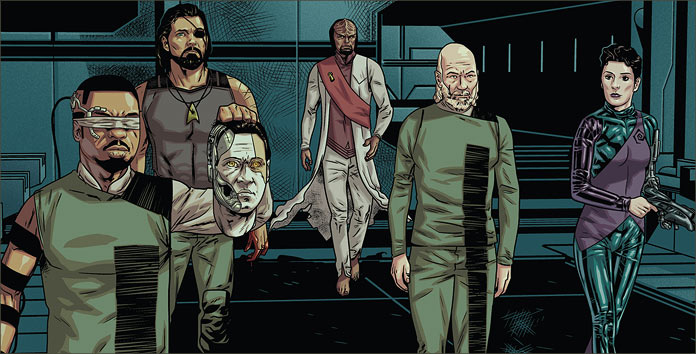
While this was a very entertaining story, it was also a big tease. After reading this, I gained the sense that this could be more than just a one-shot. When you get to the end, you’ll see what I mean.
Perhaps this Star Trek: Deviations universe is one IDW should revisit in the future!

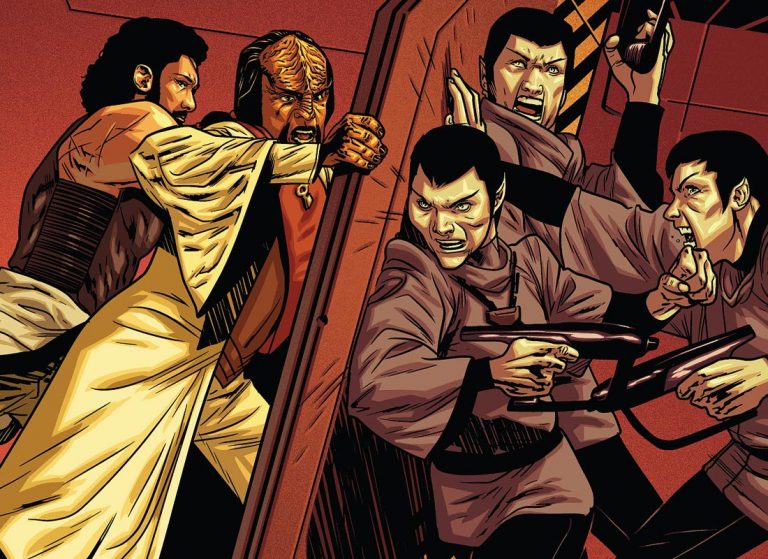
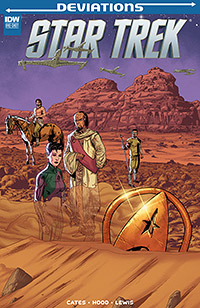
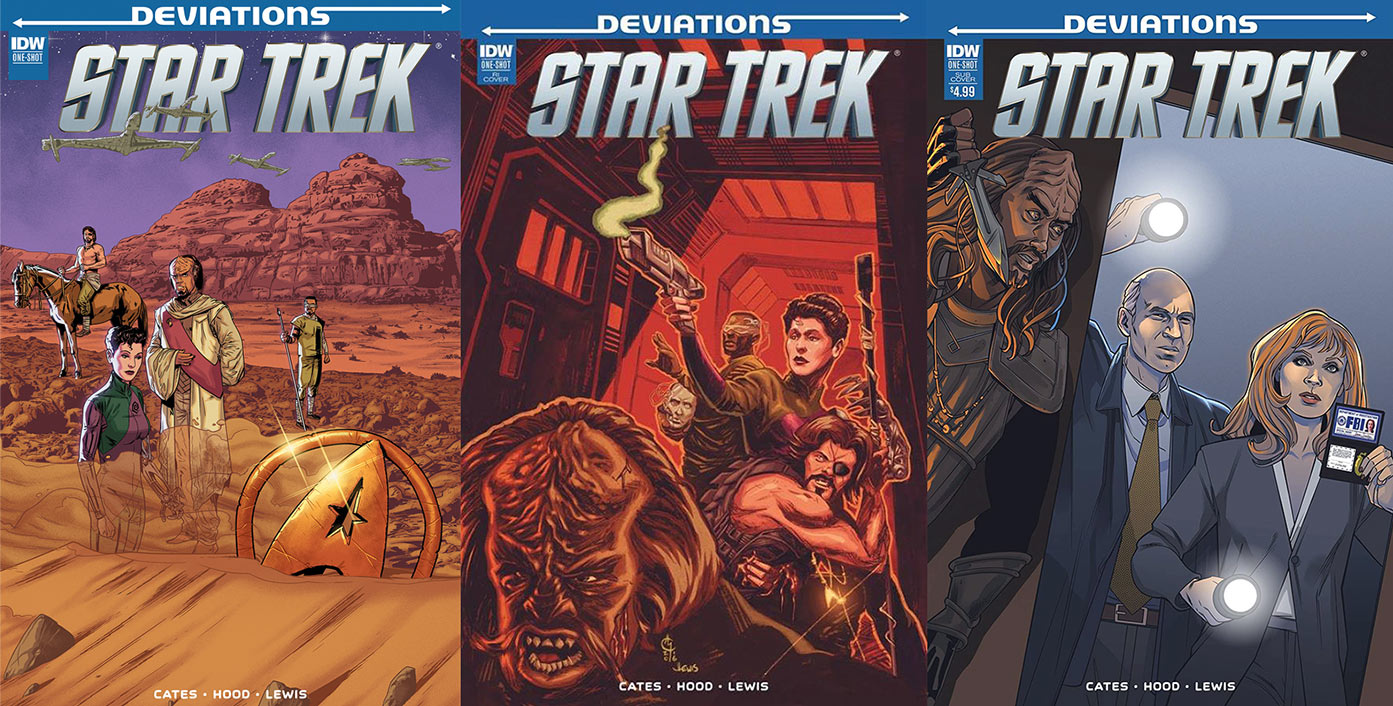
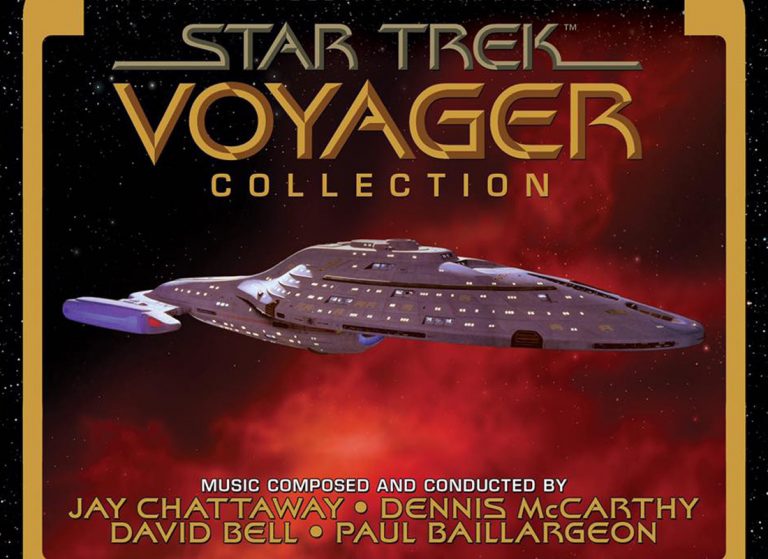
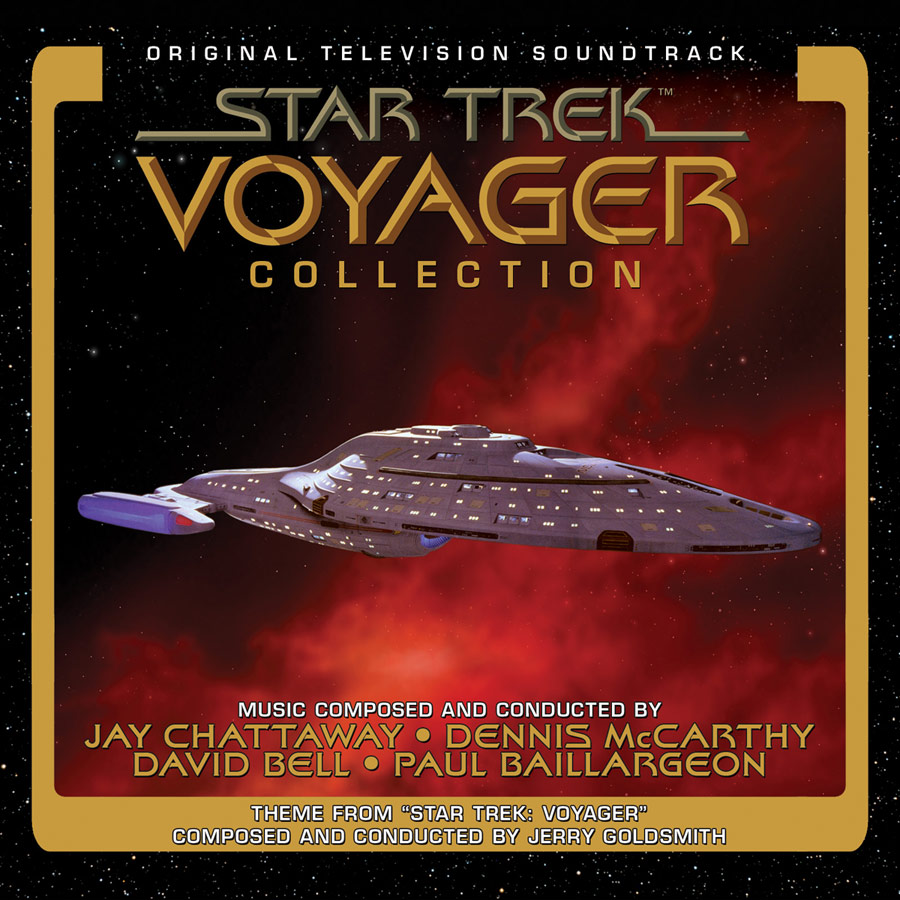
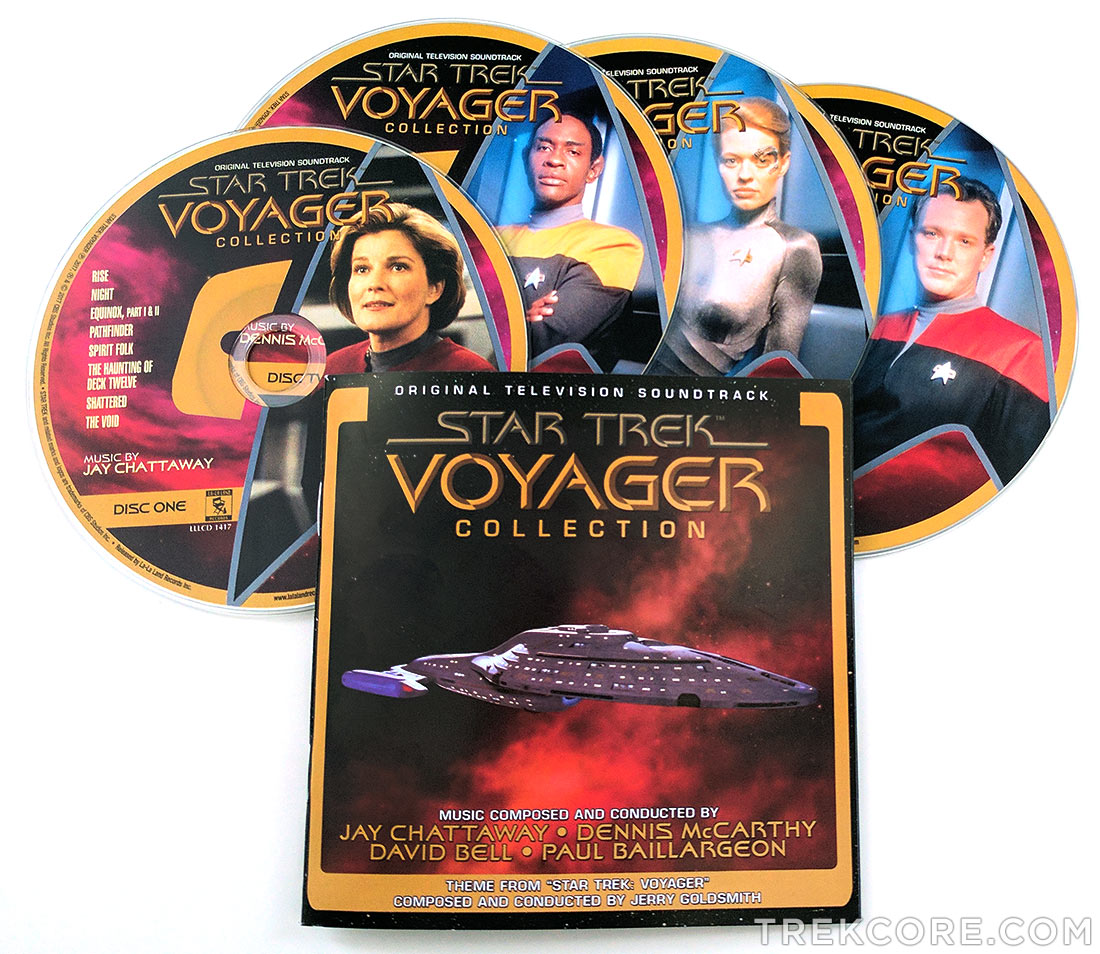
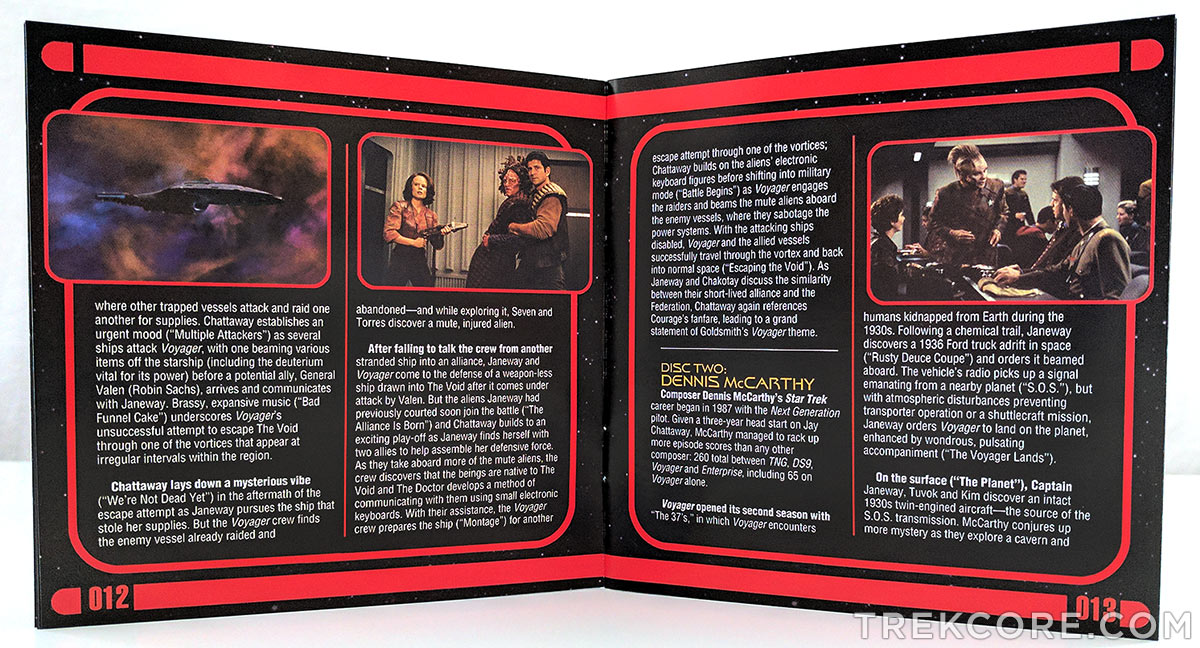
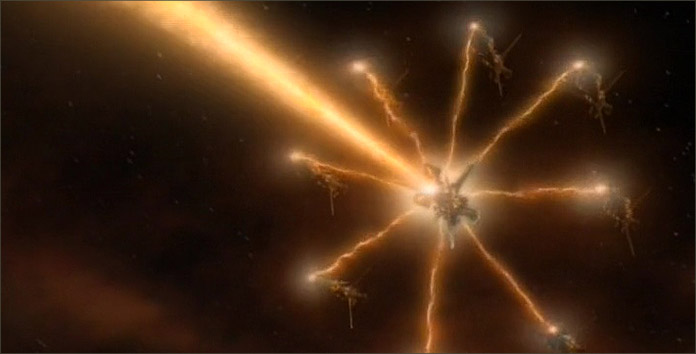
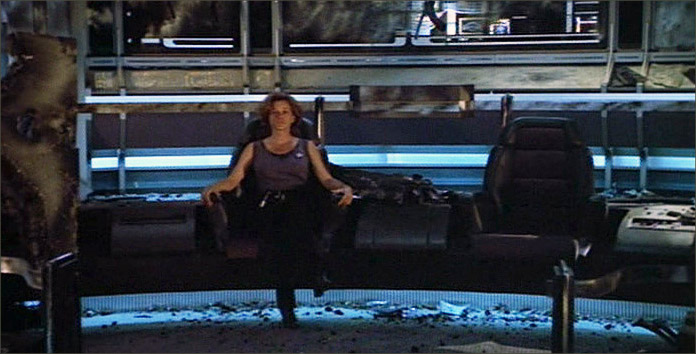
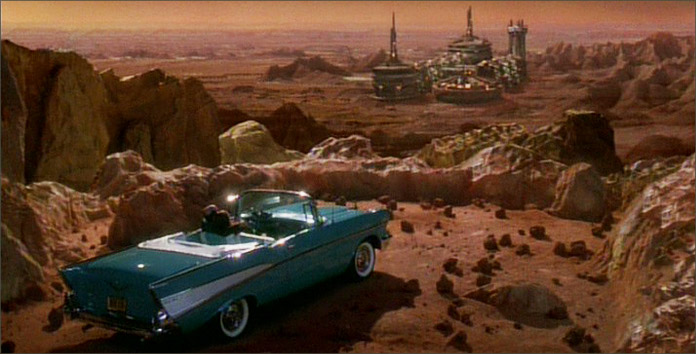
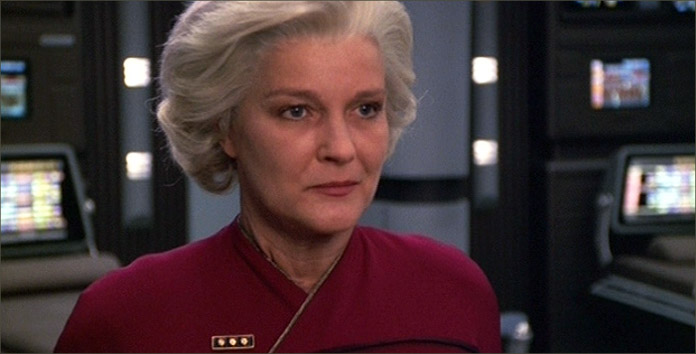
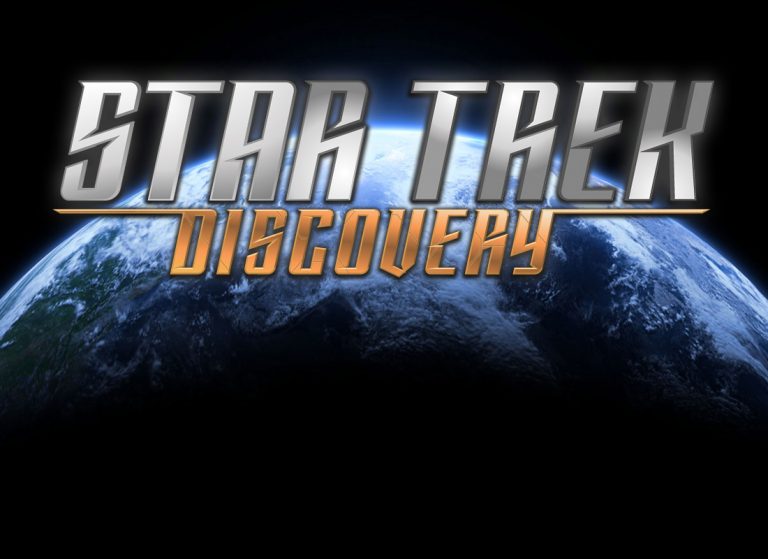
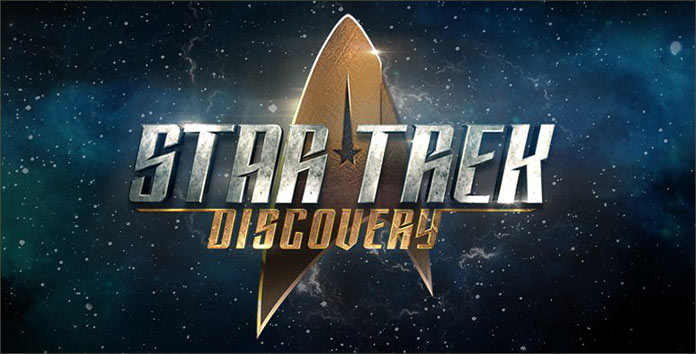

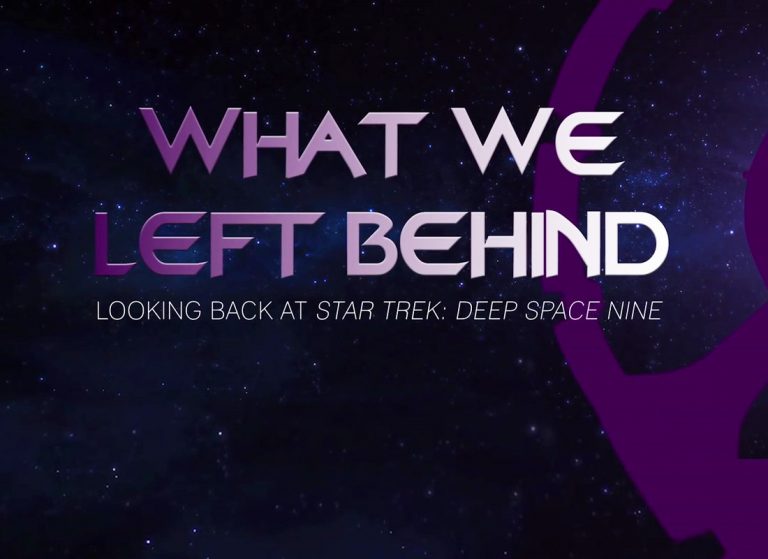
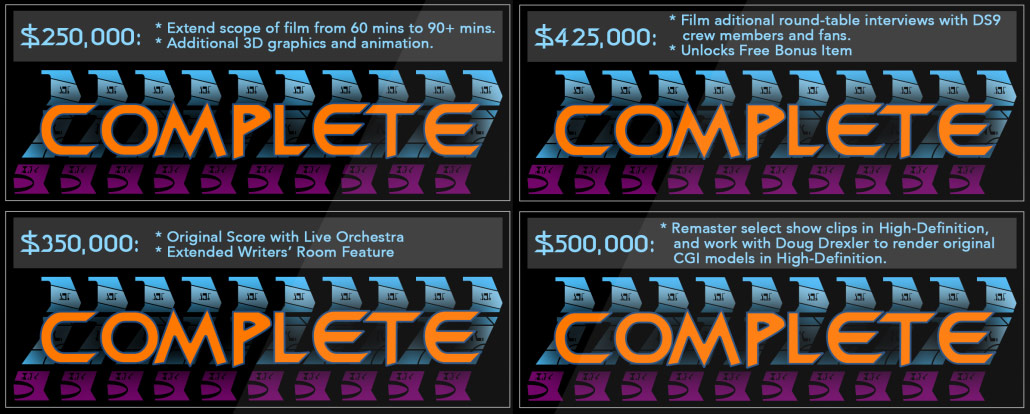
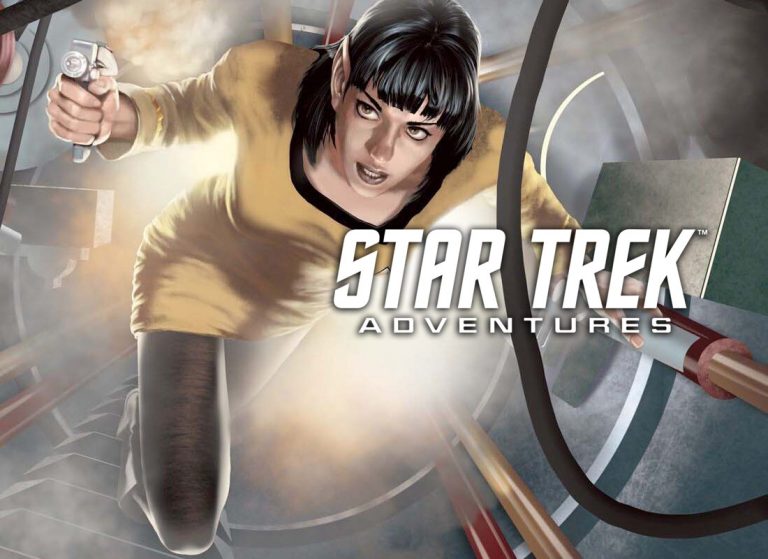
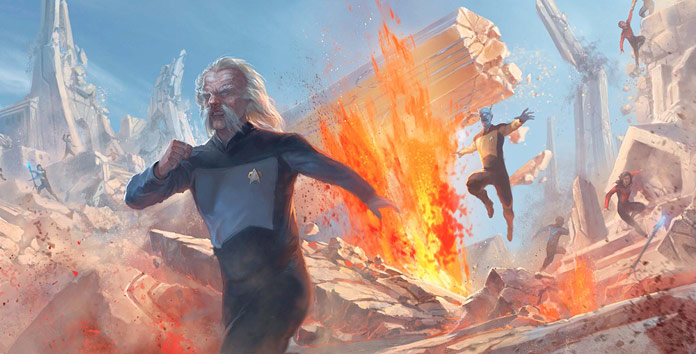
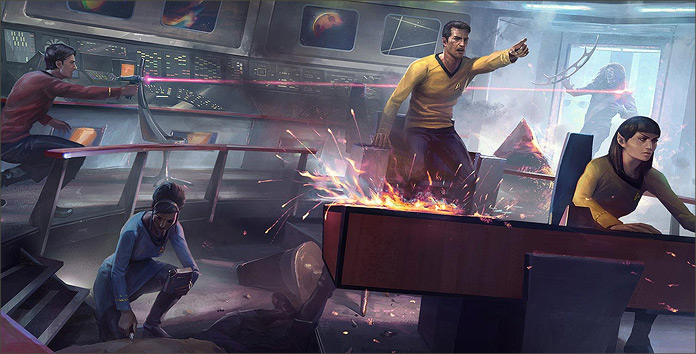
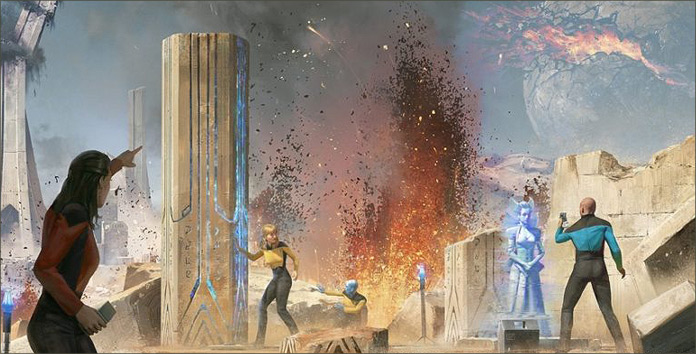
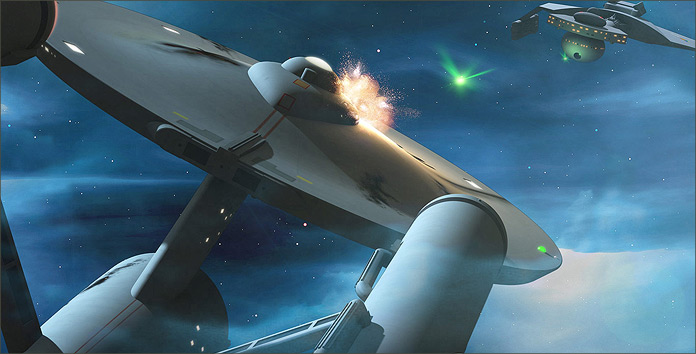

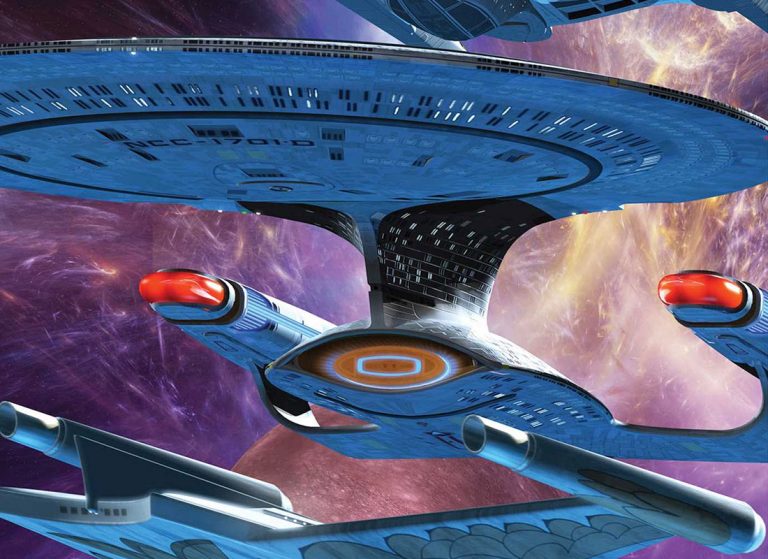


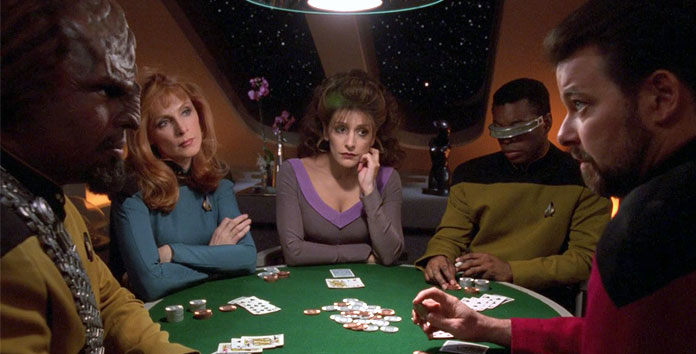
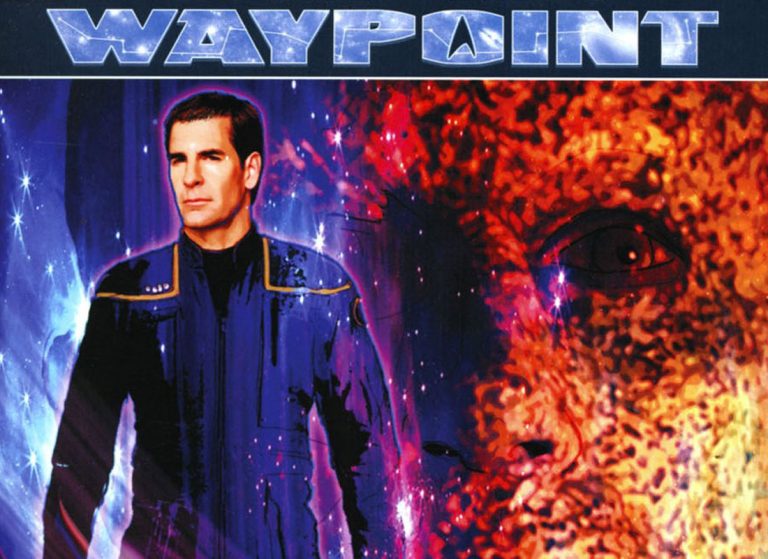
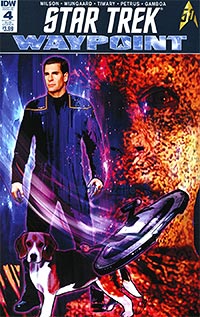
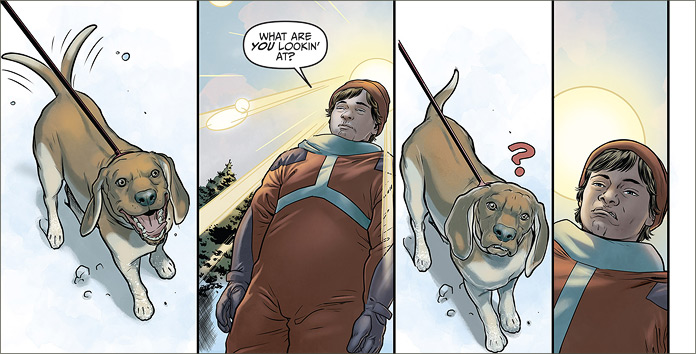
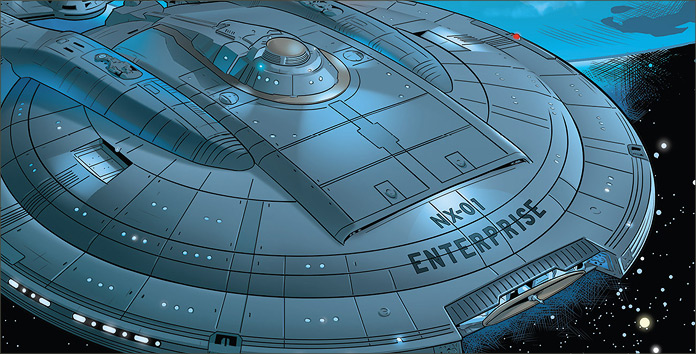
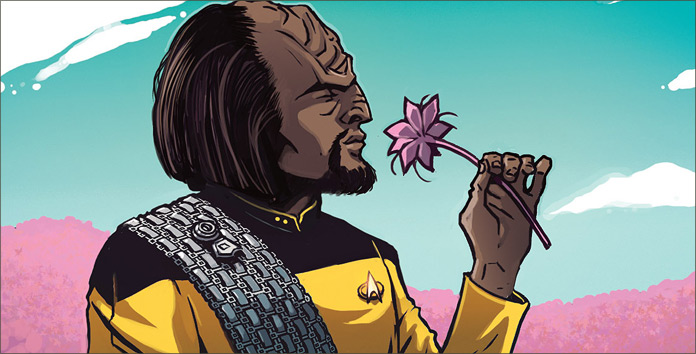
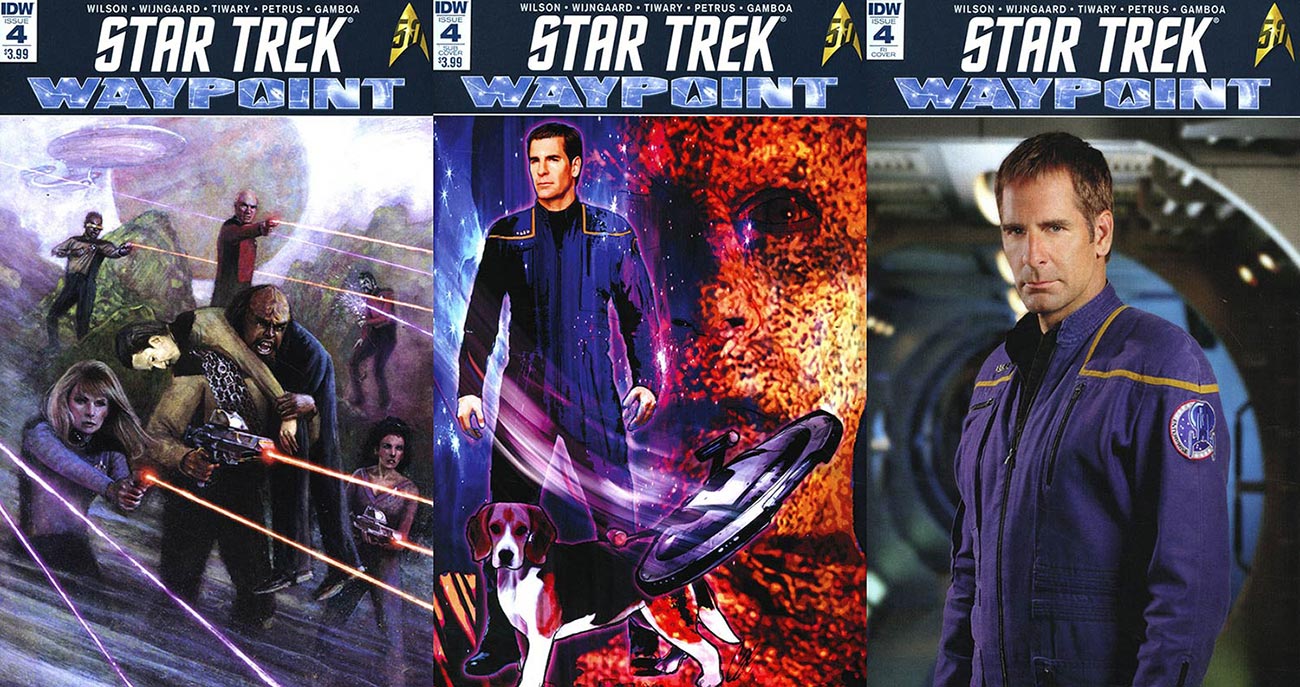
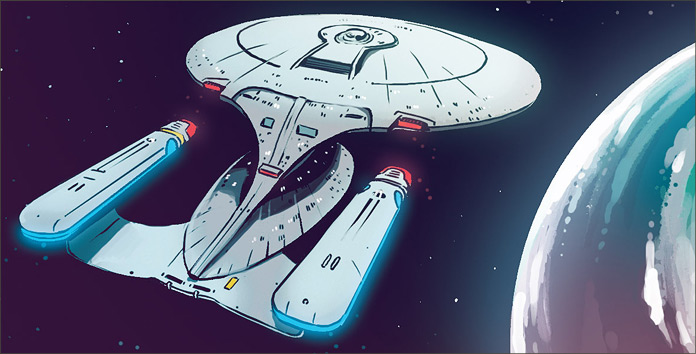
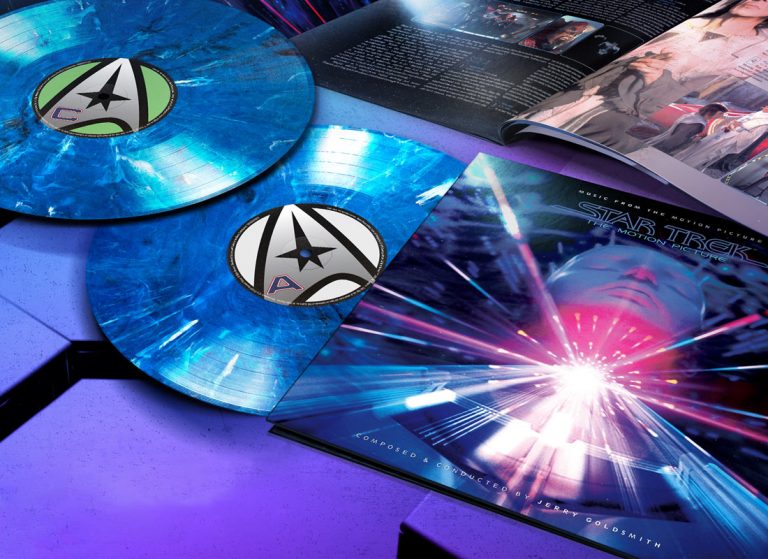
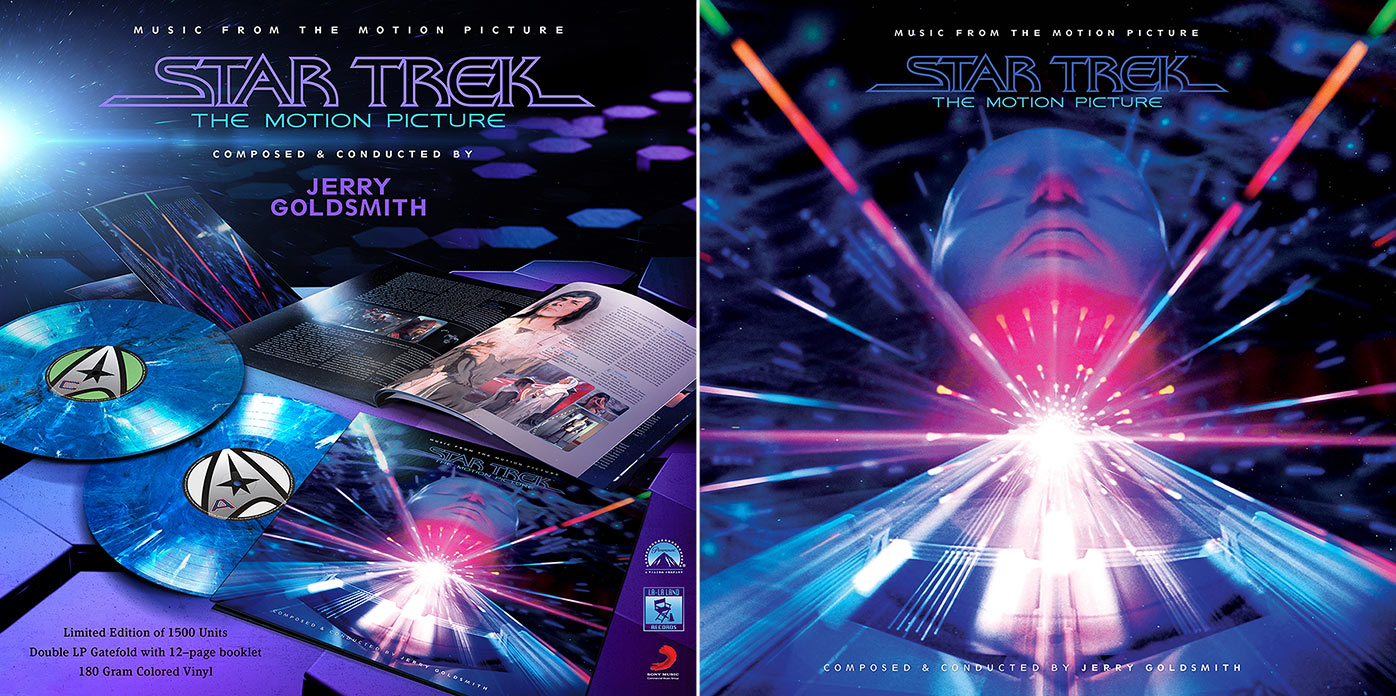
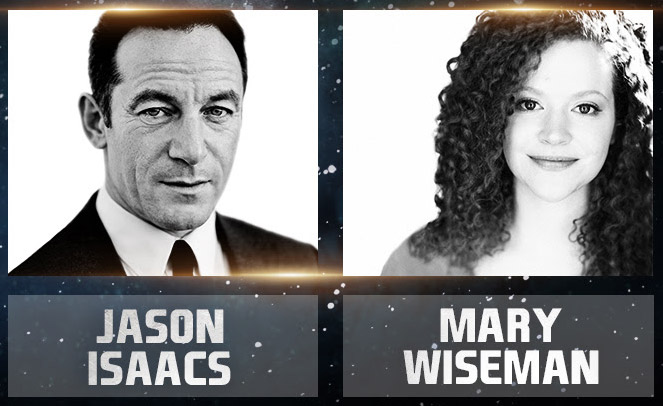
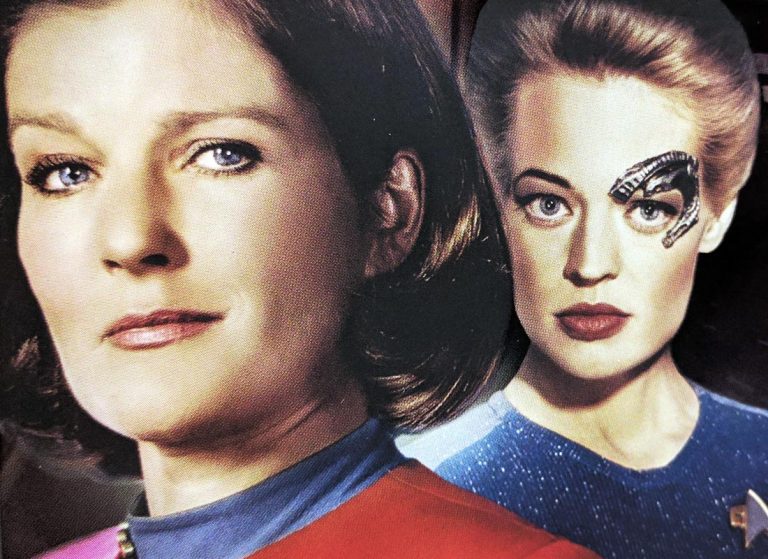
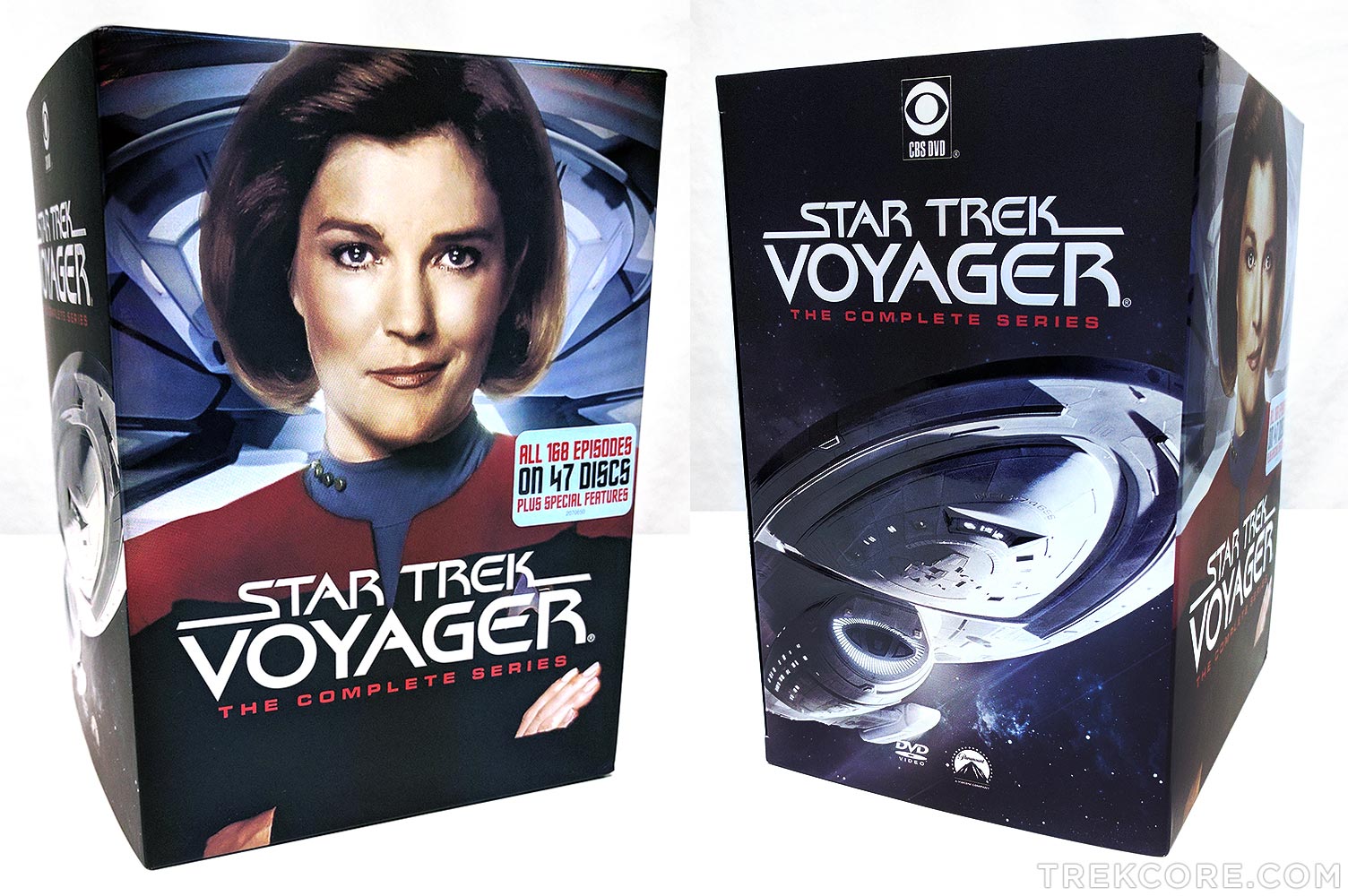
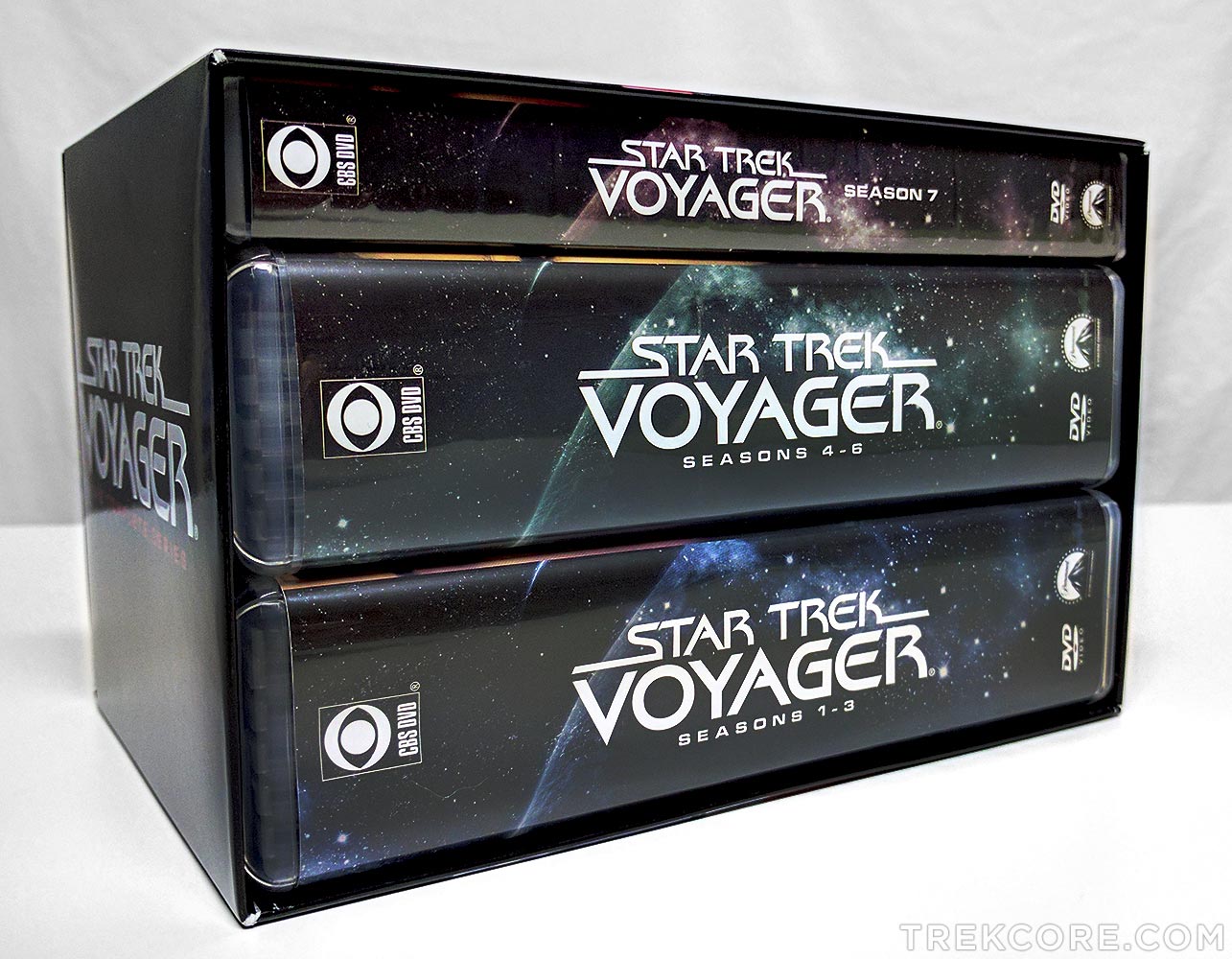
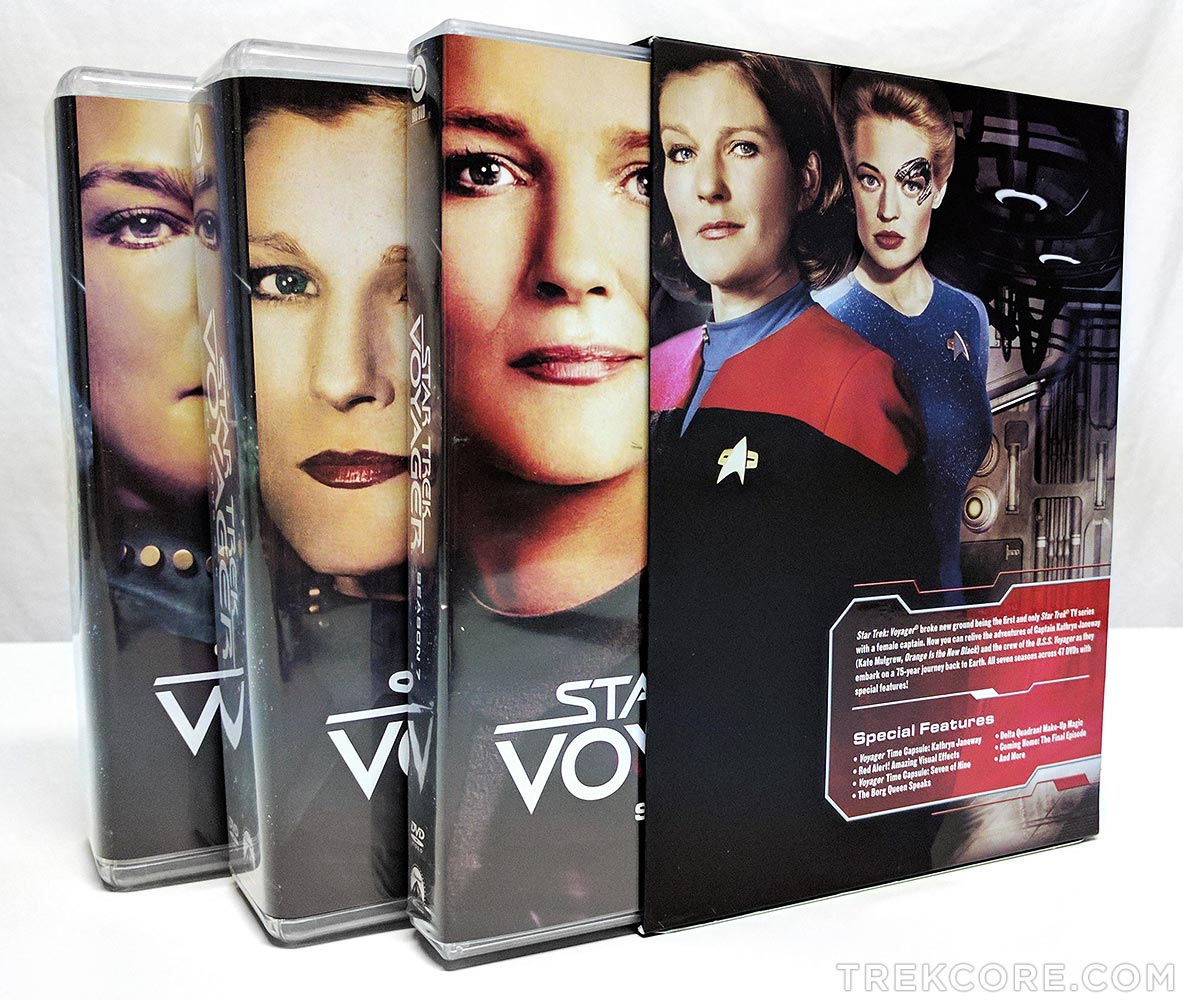
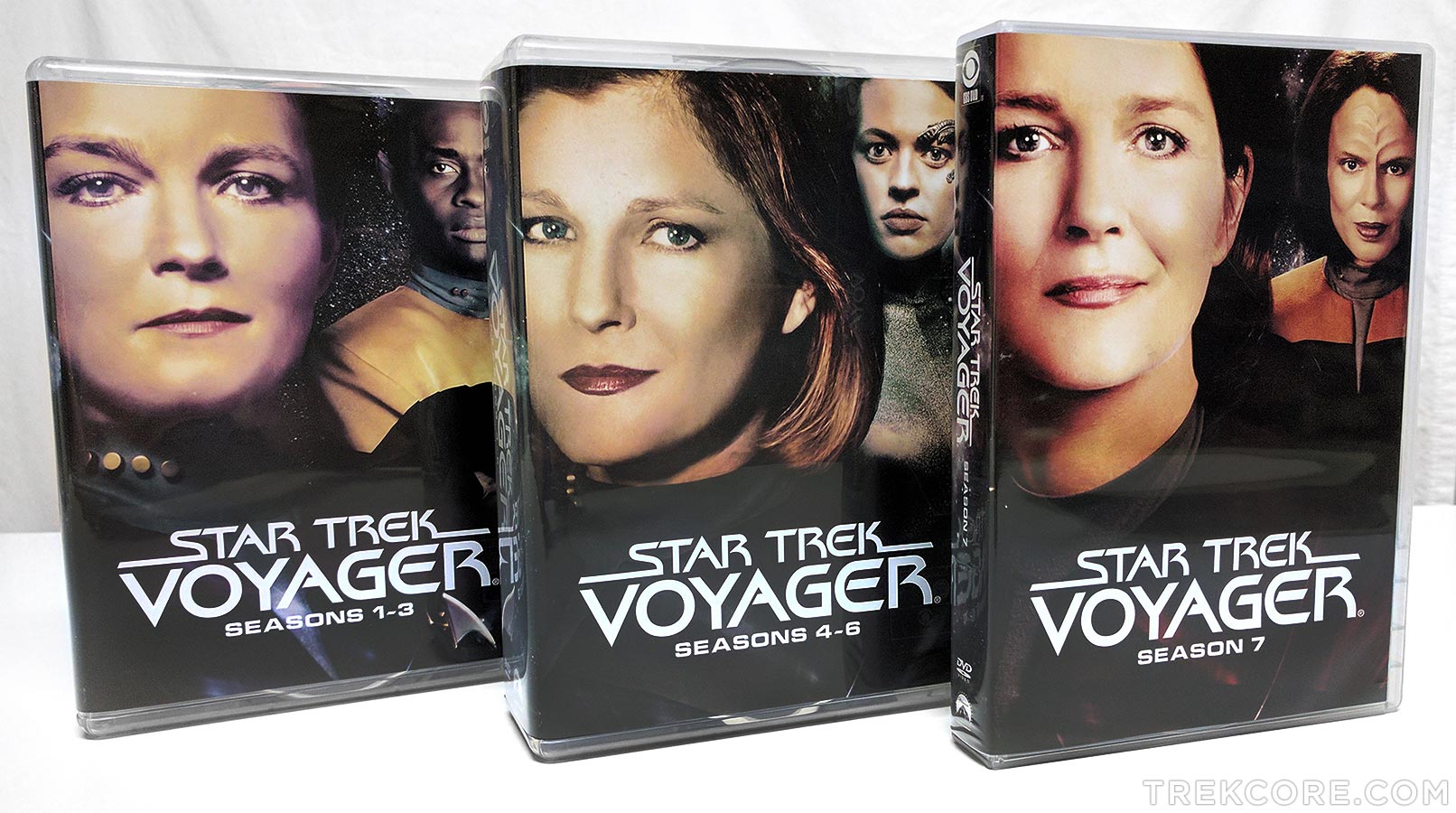
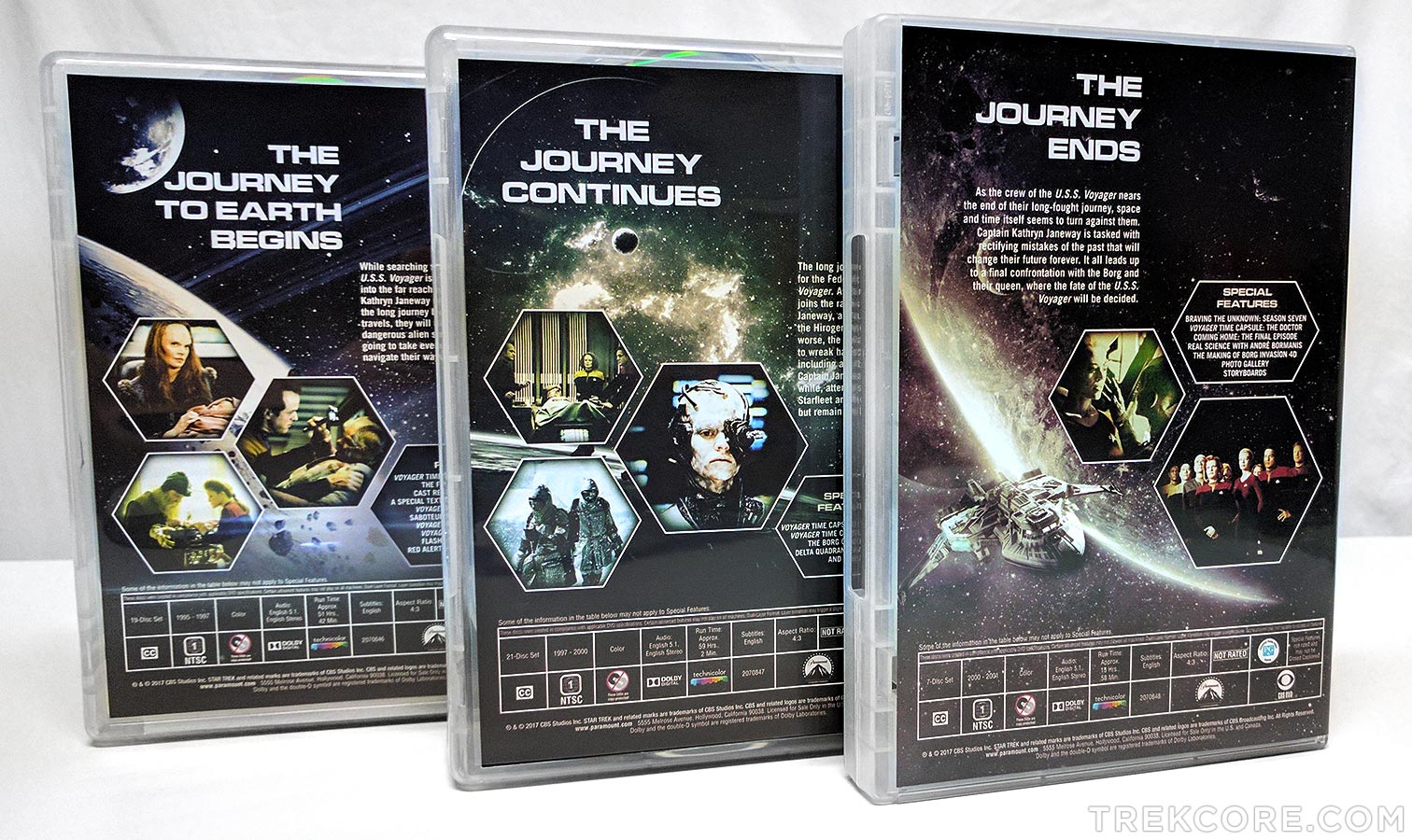
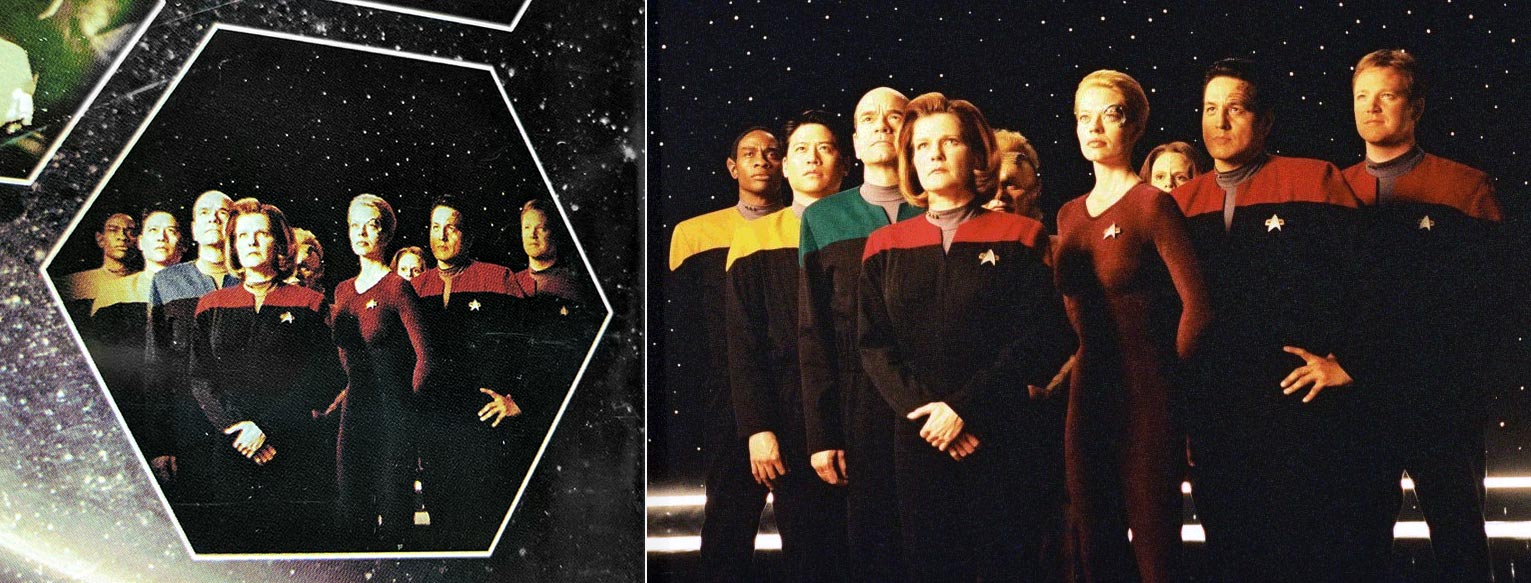
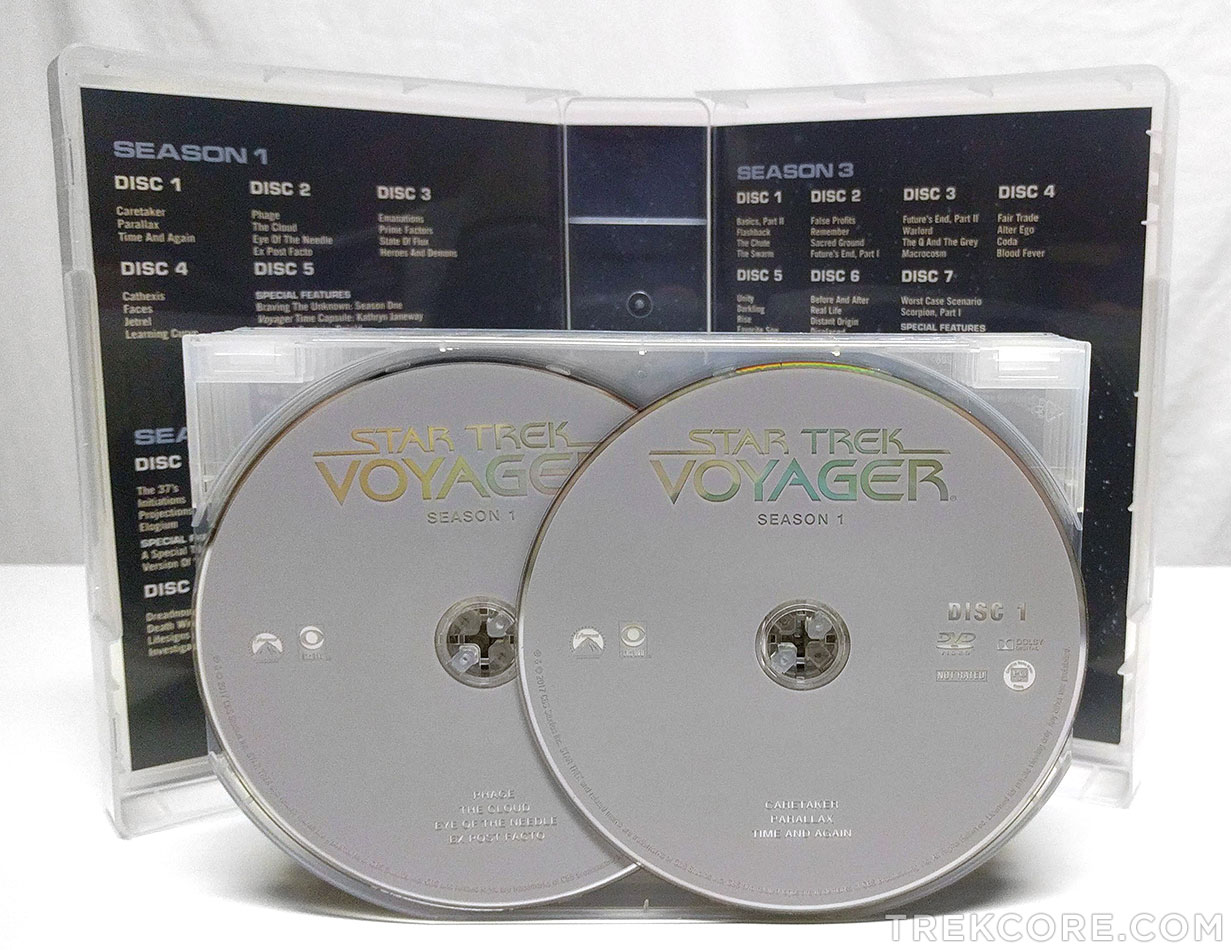
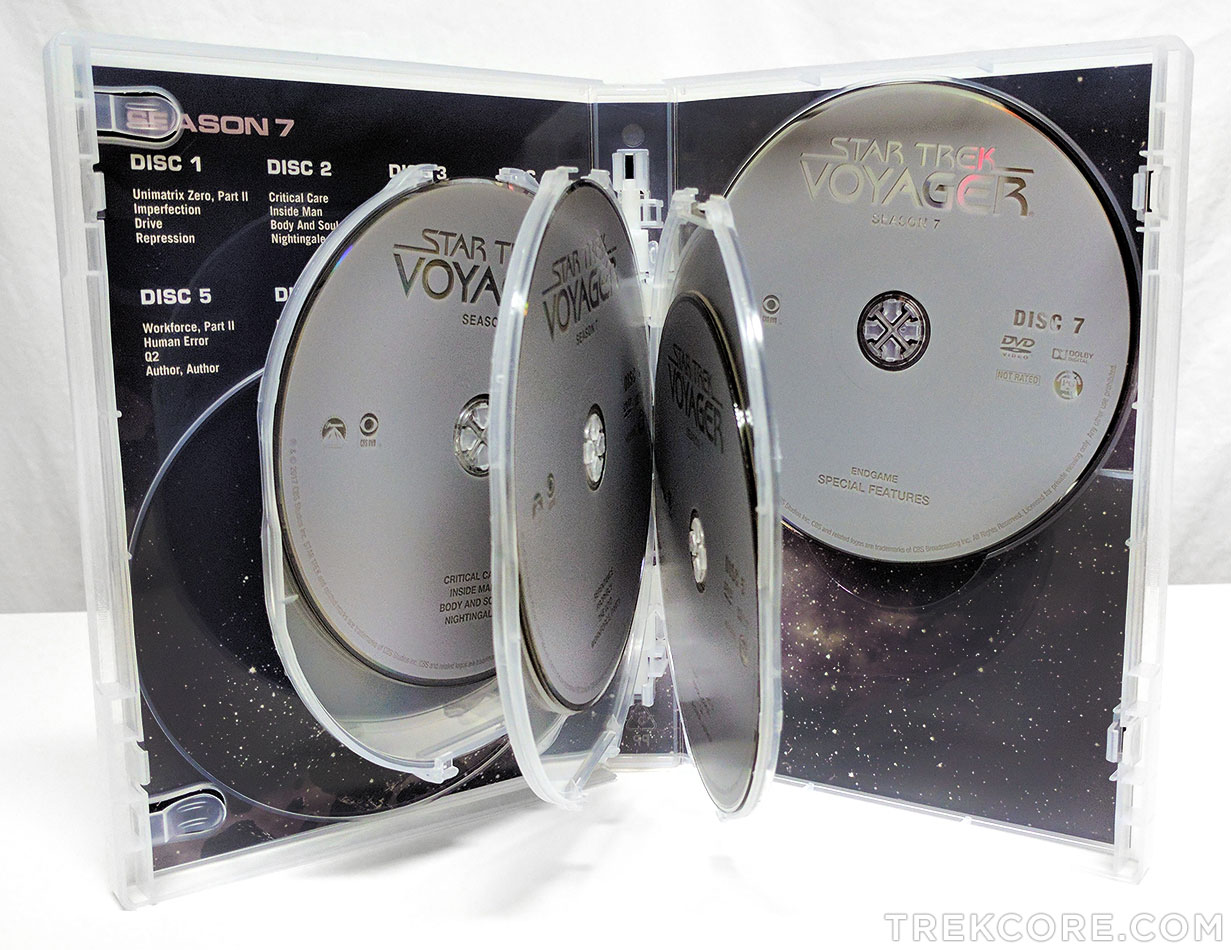
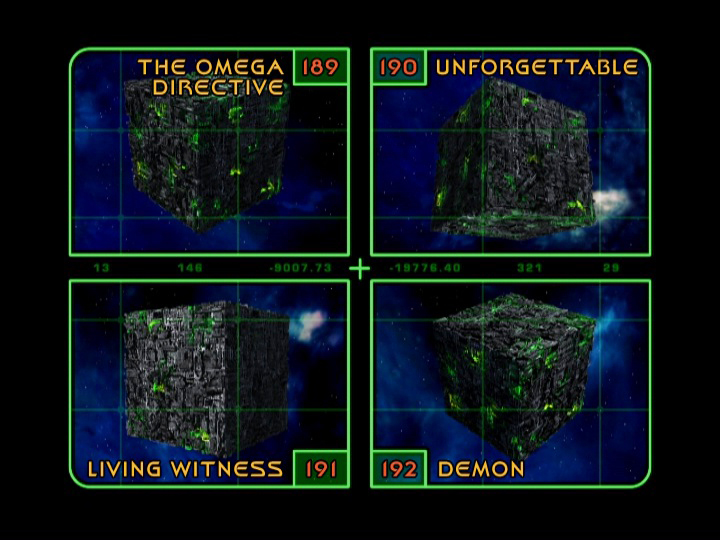
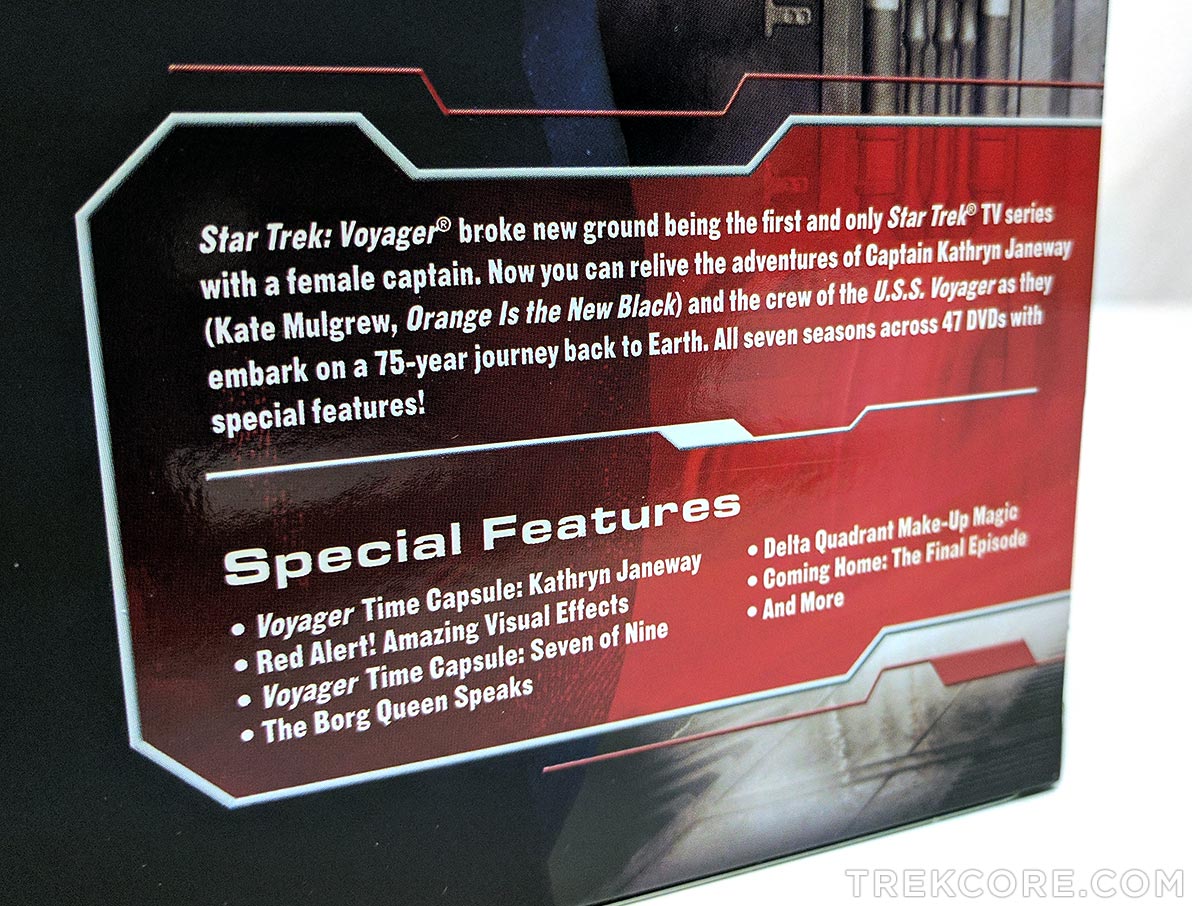
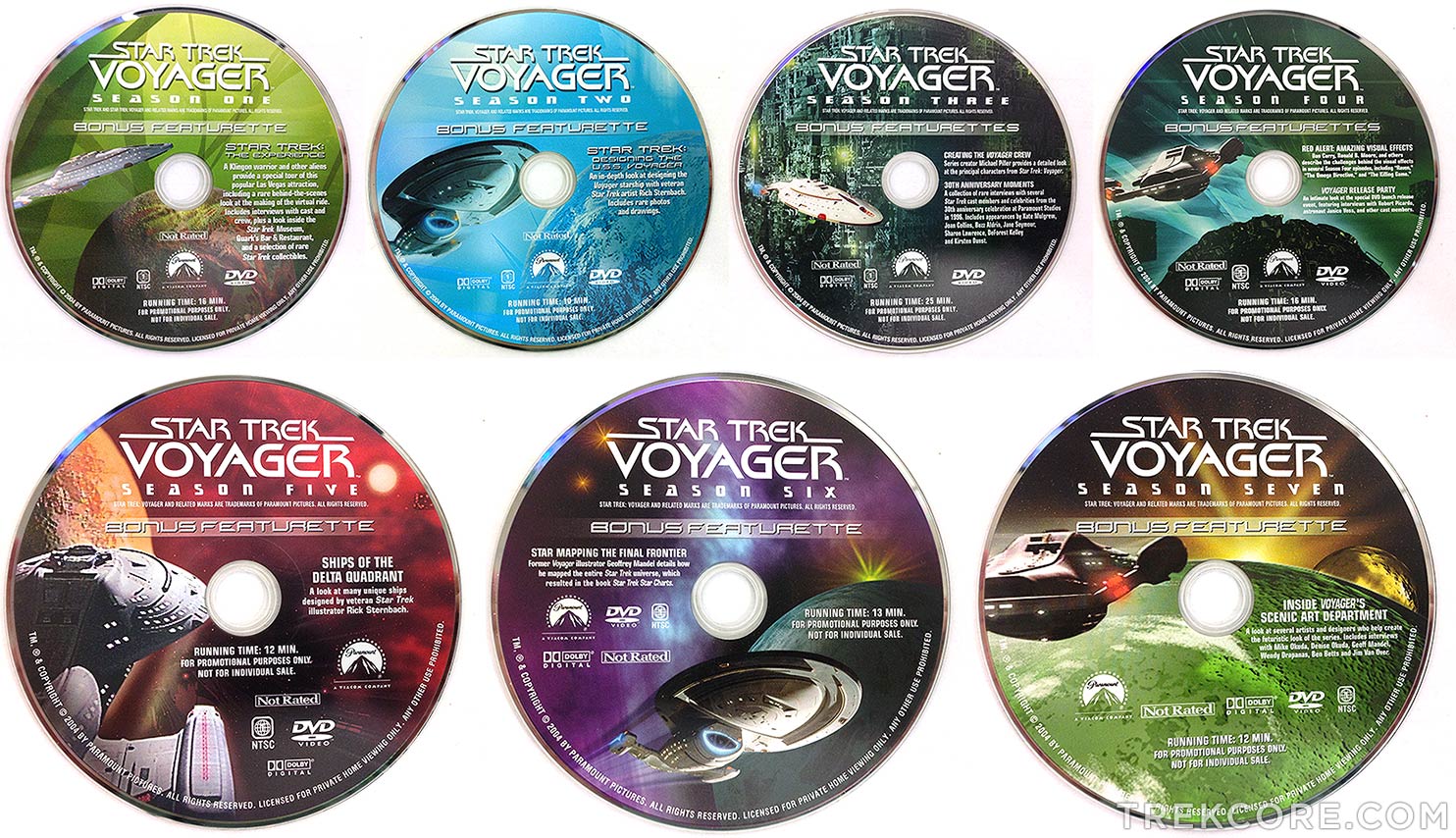
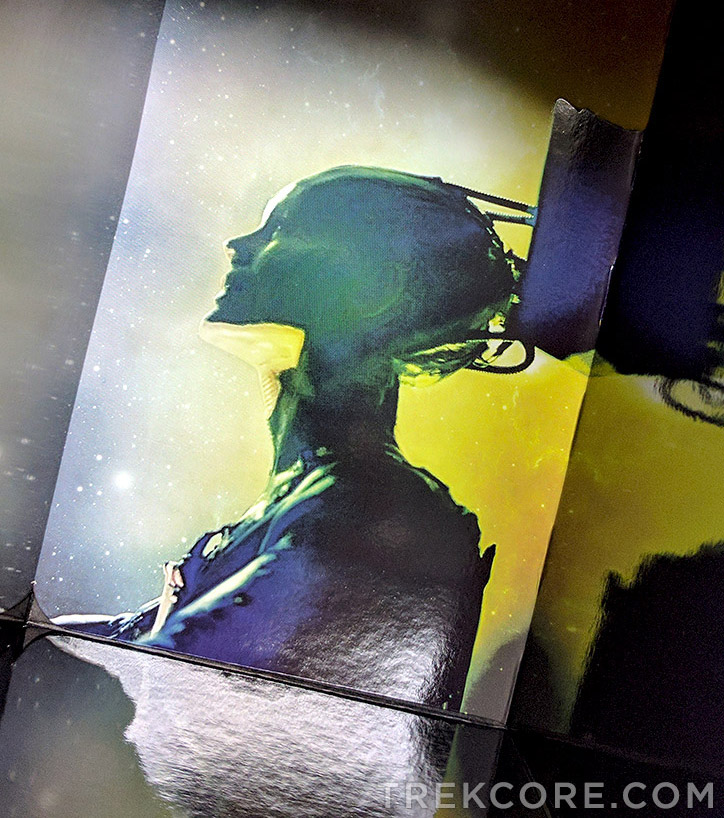
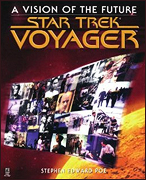 Star Trek: VoyagerA Vision of the Future
Star Trek: VoyagerA Vision of the Future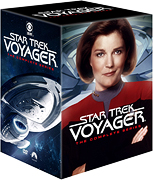 Star Trek: VoyagerComplete Series on DVD
Star Trek: VoyagerComplete Series on DVD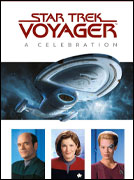 Star Trek: VoyagerA Celebration
Star Trek: VoyagerA Celebration